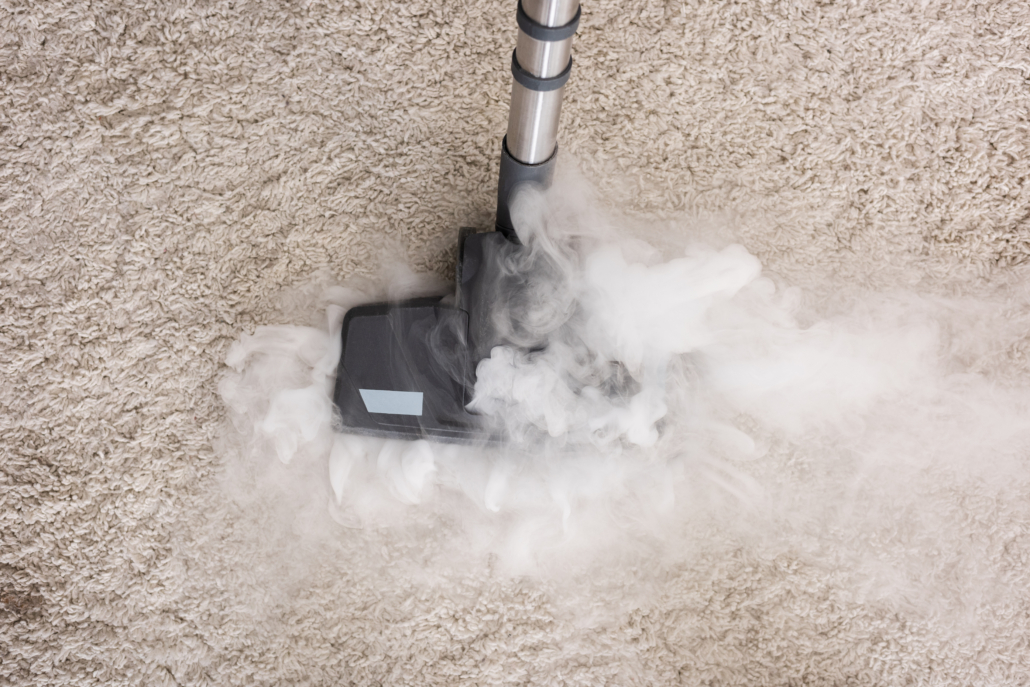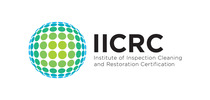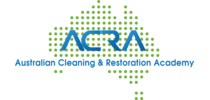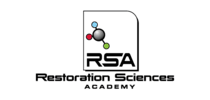Call for help?
1300 762 02124/7 Service availability!
Ready to Serve You Day or Night

Whether it’s caused by a leaking pipe or minor flooding, any water that encounters carpet in your home can lead to a major headache. No matter the cause, it’s important to start the wet carpet drying process as soon as possible for the best chance at saving your carpet. Even if your carpet has been completely soaked through, there’s still a good chance that it can be restored if you know what is involved in wet carpet drying.
You can easily complete wet carpet drying by yourself, depending on the extent of the water damage on your carpet. Today we are breaking down what to do at the first signs of wet carpet in your home and how to tell whether you need professional help.

Before we get into breaking down the best wet carpet drying process, there are a few key considerations you need to take into account. These considerations are important because completely wet carpet drying yourself may end up doing more harm than good.

The source of the water is one of the most important things to think about prior to drying wet carpet. Different kinds of water could mean different things for your carpet. Clean water, which is water damage from a leaking tap or overflowing bathtub, is generally fine for your carpet and can be dried. Other water that has damaged your carpet which may be from flooding, leaking washing machines or toilets needs to be handled by a professional.
This water has been contaminated with dangerous bacteria that can harm your health, which is why a team of experts would need to handle the drying process. At South QLD Restoration we have access to industrial technology and a wealth of experience that will help us handle the damaged carpet correctly or advise you if it needs to be removed.
The age of your carpet is another aspect to think about. If your carpet has been exposed to water damage previously or is very old, you may be better off investing in new carpet instead of wet carpet drying.
There’s nothing mould loves more than damp, humid environments. Wet carpet provides the perfect place for mould to begin growing. Mould can start growing in as little as 24 hours, so if your wet carpet isn’t handled almost immediately it’s important to contact professionals to complete a mould inspection of the area for your safety.
Step 1
Pump out the still water from the flood. This may not be applicable to all cases, dependent on how much water has been involved in the problem. Pumping out the still water will help make the process simpler and quicker.
Step 2
Like pumping out the water, it’s now time to suck the water out of the carpet. This can be completed using a dry/wet vacuum to help remove excess water that may be trapped. By doing this step you’ll be left with damp carpet instead of sopping wet carpet, making the drying process quicker.

Step 3
This step involves detaching the carpet from the floor and removing it completely. This will help increase ventilation which can drastically decrease the chance of mould growth.

Step 4
Inspect and remove carpet padding if necessary. Whether or not you have to dispose of the carpet padding completely will be dependent on the type of water that has caused the damage.
Step 5
Now it’s time to dry the carpet and flooring. You can hire air movers and dehumidifiers to help speed up this step along with ensuring that the carpet and flooring beneath have been thoroughly dried to prevent any future issues.

Step 6
Even though you have completed the wet carpet drying process as best you can, it’s still important to sanitise your carpet and the area the damage occurred. This will help prevent future mould growth in the space as well as a musty odour.
Step 7
Now that your flooring is dry, it’s time to reinstall the carpet padding if possible or install new carpet padding. If you do have to replace it there’s no stress, it’s readily available and affordable to purchase.
Step 8
Once everything else is done, it’s time to reinstall your carpet. Before laying down the carpet check over it to make sure it’s still in usable condition and the tack stripes are still intact. If not, you can replace them.

There you have it, a basic process for wet carpet drying that you can complete yourself. Although it is possible to DIY your wet carpet crying, it’s important to know that professional help is only one call away if you need it.
Our team here at South QLD Restoration are a team of professionally trained, highly experienced individuals who are always ready to help. We offer an emergency water damage restoration service 24 hours a day to ensure your property always has the greatest chance at restoration. For more information about this service, or to contact our team, visit our website today.
Finding a reliable and professional commercial cleaning company in Brisbane is essential for maintaining a clean, healthy, and professional environment...
When you encounter excess water on your property, it is a major cause for concern. Excess water will soak the...
Carpet cleaning is essential to maintain a clean, healthy environment in your home or business. Over time, carpets collect dirt,...
Call Us Anytime
1300 762 021Submit this information and we will send you the cost for the service.







